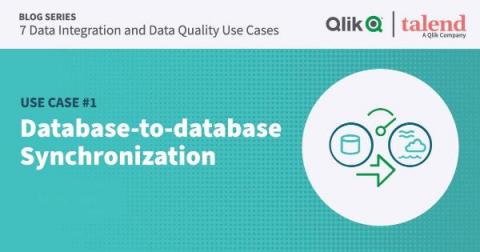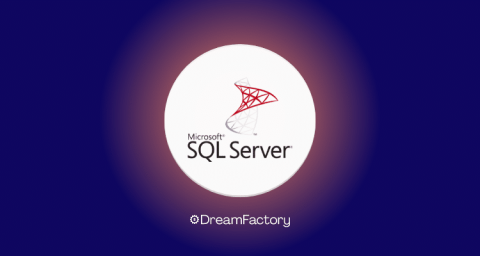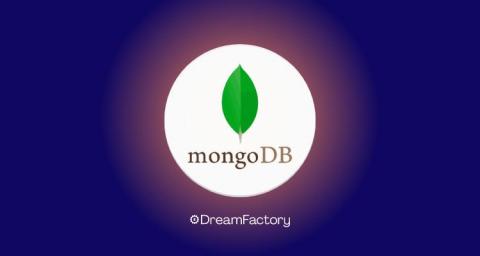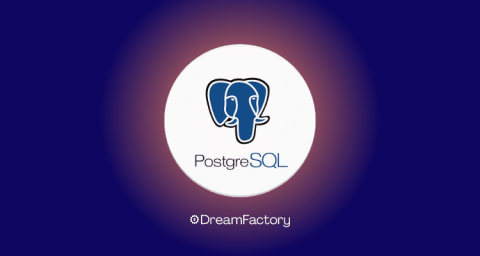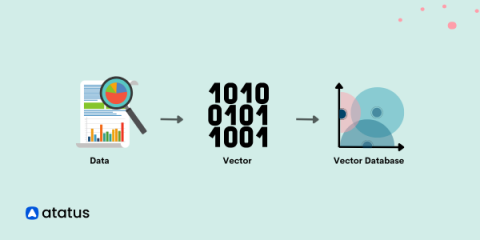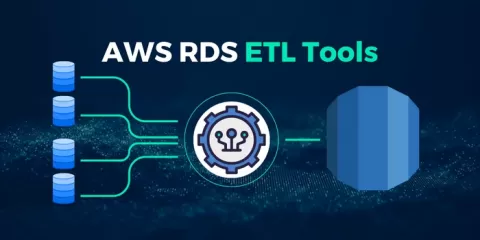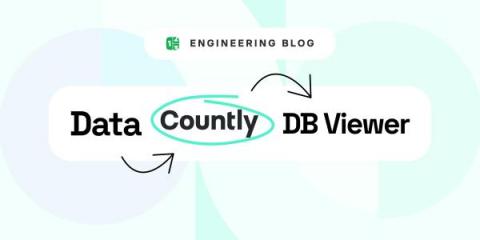Database Sync: Diving Deeper into Qlik and Talend Data Integration and Quality Scenarios
A few weeks ago, I wrote a post summarizing "Seven Data Integration and Quality Scenarios for Qlik | Talend," but ever since, folks have asked if I could explain a little deeper. I'm always happy to oblige my reader (you know who you are), so let's start with the first scenario: Database-to-database Synchronization.

